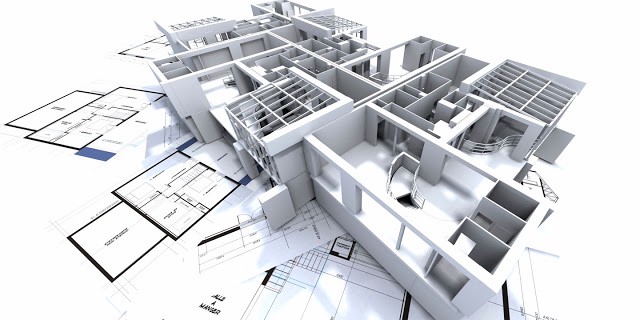BIM Modeling For Construction Business: Why It’s So Important?

BIM modeling has changed the way construction projects are planned and executed. Using BIM modeling for the construction business means higher-quality building, improved team collaboration, material optimization, and more comfortable planning.
By implementing BIM modeling, the construction industry players have an opportunity to collaborate with clients in a brand new way. Keeping in touch with the client’s demands and making adjustments along the way are the keys to successful and timely project completion. This is exactly what BIM offers to the industry.
Here are a few other reasons to consider BIM for your business.
1. Stellar Coordination
With BIM, it’s possible to create a 3D model of a building with software, which in turn generates all related drawing directly from the model. Besides drawings, you can get all design outputs, from 3D views to materials. All outputs are consistent because they are coordinated with the initial model.
Such coordination allows the entire construction team to be on the same page through each stage of the project. Meanwhile, it helps the team involve the client as much as possible without going deep into construction details.
With the help of BIM, the client can review the project closely before it starts and make adjustments before they turn into unexpected expenses.
2. Cost Control
With BIM, it’s much easier to control project costs. According to VIAtechnik, BIM modeling services provider, building information modeling is the key to creating a cost-efficient design and planning expenses for each stage of the project.
BIM can also help construction teams see when there are conflicts between electrical closets, ductwork, plumbing chases, and more. All related problems can be foreseen and diagnosed before the construction process begins.
Such planning can save substantial time and money while increasing client satisfaction.
3. Material Optimization
Each error made during the planning and construction phase can result in material waste. Besides costing the company substantial amounts of money, such waste is detrimental to the environment.
With BIM, it’s possible to create a perfect model of the building regardless its complexity. By eliminating conflicts and adjustments during construction, companies can reduce waste and optimize material use.
4. Better Collaboration
Regardless of the project’s complexity, the number of people involved in construction can be high. From architects, designers, and engineers to contractors and clients, all parties must work with each other to avoid clashes,
BIM makes it possible to improve understanding and collaboration between all team members. BIM models can be shared digitally in real-time, thus bringing the team together regardless of its physical location.
5. 4D Scheduling
Besides creating a 3D model, with BIM, it’s possible to add a fourth dimension. When it comes to construction projects, the fourth dimension is time. By using 4D scheduling with BIM, it’s possible to plan each stage of the construction process with the aim to minimize costs and optimize workflow.
4D BIM allows all parties to see what the project will look like in the future based on the information available at each stage of construction. It helps plan for equipment, materials, and workforce.
6. Future Maintenance
BIM doesn’t just help construction companies optimize their projects. The information created with BIM software and gathered during the construction phase can be priceless for further building maintenance.
Once the project is completed, the information is passed to the building manager, who can gain a deeper insight into the building’s structure. In case there is an issue with the building, such as a leak, the manager can use the existing BIM model to find the problem.
Additionally, repair teams can gain valuable information about obstacles and repair goals. The model stays intact for the entire life of the building, making maintenance and repair easier.
The Takeaway
Building information modeling can help construction companies achieve top-notch results with projects of any complexity. Besides creating a precise 3D model of a building, BIM software helps with scheduling, collaboration, optimization, and conflict elimination.
BIM is no longer the future of construction. It’s the present. Companies that don’t implement BIM are likely to fall behind the competition in the nearest future.






